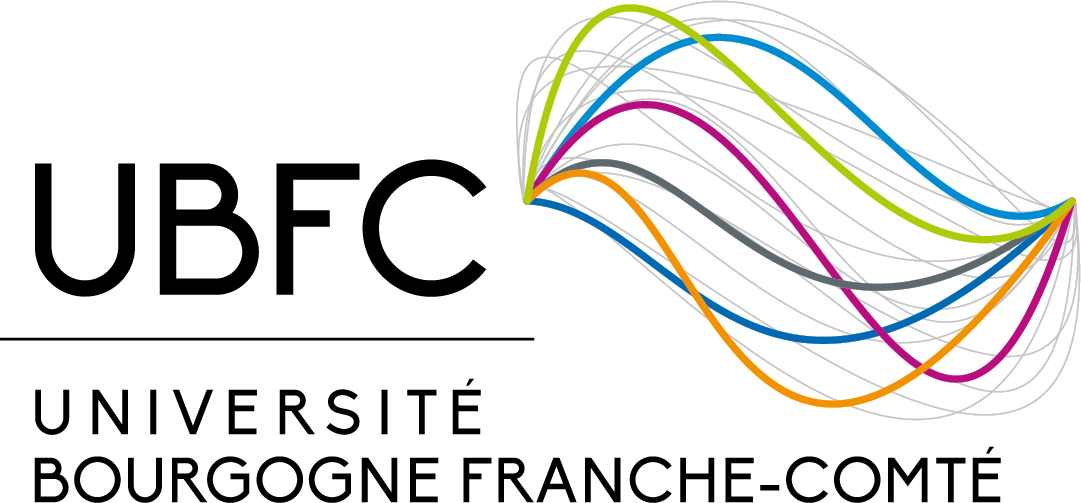New In Situ Imaging-Based Methodology to Identify the Material Constitutive Model Coefficients in Metal Cutting Process
| Affiliation auteurs | !!!! Error affiliation !!!! |
| Titre | New In Situ Imaging-Based Methodology to Identify the Material Constitutive Model Coefficients in Metal Cutting Process |
| Type de publication | Journal Article |
| Year of Publication | 2019 |
| Auteurs | Zhang X-M, Zhang K, Zhang D, Outeiro J, Ding H |
| Journal | JOURNAL OF MANUFACTURING SCIENCE AND ENGINEERING-TRANSACTIONS OF THE ASME |
| Volume | 141 |
| Pagination | 101007 |
| Date Published | OCT |
| Type of Article | Article |
| ISSN | 1087-1357 |
| Mots-clés | digital image correlation, inspection and quality control, machining processes, material constitutive model, metal cutting, strain and strain rate |
| Résumé | A great challenge of metal cutting modeling is the ability of the material constitutive model to describe the mechanical behavior of the work material under the deformation conditions that characterizes this process. In particular, metal cutting generates a large range of state of stresses, as well as strains and strain rates higher than those generated by conventional mechanical tests, including the Split-Hopkinson pressure bar tests. A new hybrid analytical-experimental methodology to identify the material constitutive model coefficients is proposed. This methodology is based on an in situ high-resolution imaging and digital image correlation (DIC) technique, coupled with an analytical model of orthogonal cutting. This methodology is particularly suitable for the identification of the constitutive model coefficients at strains and strain rates higher than those found in mechanical tests. Orthogonal cutting tests of nickel aluminum bronze alloy are performed to obtain the strains and strain rates fields in the cutting zone, using DIC technique. Shear forces derived from stress integrations are matched to the measured ones. Then, the constitutive model coefficients can be determined, which is performed by solving a sequential optimization problem. Verifications are made by comparing the strain, strain rate, and temperature fields of cutting zone from experiments against those obtained by finite element simulations using the identified material constitutive model coefficients as input. |
| DOI | 10.1115/1.4044251 |
